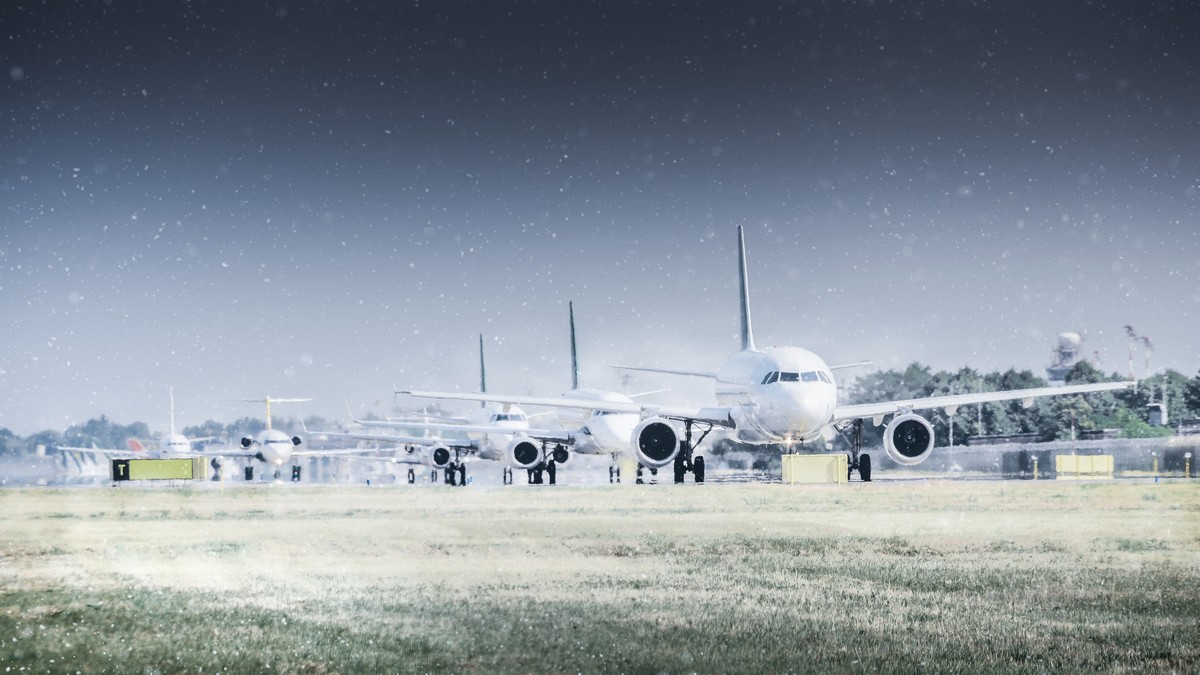
We hear it in the news on a yearly basis. Bad weather is hitting harder and more regularly than ever on every corner of the globe. Whether climate change is a natural process or man-made, or a mixture of both, the truth is this shifting ecosystem is making humans create news ways to cope with nature due to recurrent floods, forest fires, heavy snowfall, extreme low and high temperatures and hurricanes, just to name a few natural disasters.
This new reality has contributed to an increase in the demand for private jet charters. It has been a trend during the hurricane season in the Southeast US, throughout the extensive period of forest fires in Australia and the monsoon period in Southeast Asia. Private aviation allows for a swift and safe departure to any destination, at any time and day. This flexibility is a safety blanket for those with the means to move away from uncertainty.
Take Hurricane Irma in September 2017 as an example, a category 5 event that struck The Bahamas, Puerto Rico and Florida causing widespread destruction. Miami International and Fort Lauderdale International airports were closed for days. More than 12,000 commercial flights were cancelled (more than 8,000 of them in Florida alone), with grounded flights due to the storm as far as London and Doha.
The days prior to Irma, especially in South Florida and the Caribbean, private jet provider Monarch Air Group announced that it received more than 50% of its average weekly bookings, proving that this is a market that should be accounted by operators and brokers alike. Why? Planning beforehand even for uncertain events helps drop the prices. What has happened in the past is to witness private aviation providers increase the fees due to the operational challenge that comes with diverting a large amount of aircraft scattered around the country to the affected region, in order to deliver the needed availability.
Charter activity after the storm
Private aviation also has a role to play after a natural disaster hits a certain region. Depending on the level of disaster, relief missions are necessary to help thousands of people affected by a hurricane, forest fire or earthquake. With damaged runways and airports, private aircraft, especially turboprops with the capability to land in grass or gravel, are key to deliver water, food and medical supplies to mountain and coastal regions that have difficult accessibility.
This was the exact case of the pass of Hurricane Irma in Puerto Rico, which left half of the residents without electricity and a severe medical crisis. Monarch Air Group provided the service of 5 private charters for a humanitarian campaign raised by a local graduate student, transporting up to 28,000 lbs. in relief supplies in just one of the flights, as well as hundreds of Puerto Rican residents who received medical attention in south Florida.
Many Puerto Ricans with the means escaped from the storm before it struck the island, but thankfully thousands of others could receive timely relief due to private aviation. What happened during Hurricane Irma proved the real value of private jet aviation; reliability when it most matters. This segment in aviation is prepared to continue serving those who can flee away beforehand, and also play an important role in helping the families affected by extreme weather after the storm passes.